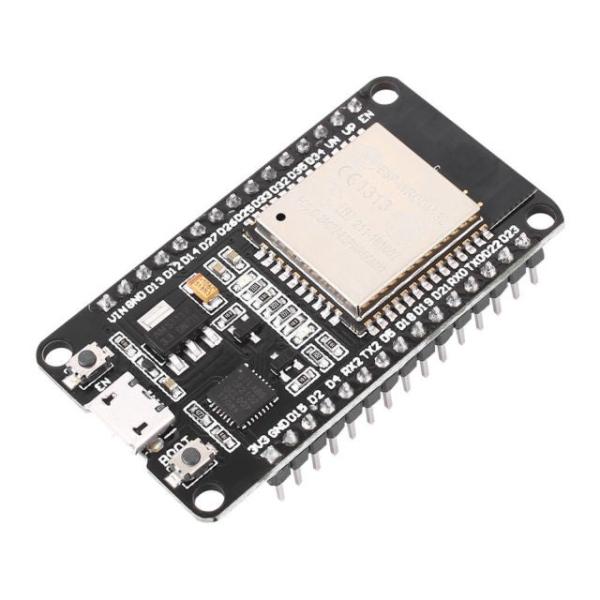



The library however is not small, and the memory space limitations of your Arduino could become a problem when realizing that (in our example) OneWire is needed for the sensors, and UIPEthernet is needed for the network as well. There is however an Arduino MySQL library that can directly access MySQL over Ethernet. Since the Arduino is small and loading full-size MySQL (or other) libraries is not an option. Such an application can be for example MySQL (free database server that can also run on your desktop with setups like WAMPServer). The receiving party would need to listen at a certain IP address and IP port. Pushing data can be a little trickier so I will present some possible approaches to do just this.įirst we would need a “receiving” party, a server like application that is ready and capable of receiving data. In essence we are going to have the Arduino fill out a web-page form and submit the data to our server. In this article however we will use the more complex Data Push approach. The alternative, pulling data, is much easier to implement, since we do not need a “server”. In this article we will focus on PUSHING DATA to our computer/server. – Push: The Arduino will connect to a server application to push the data to. – Pull: An application on our computer (or server) that is going to ask the Arduino for the data. We have two options to get our Arduino data, and the best option depends on your purpose: MacOS X – MAMP (for example MAMP or MAMP Pro).Windows – WAMP (for example WAMPServer).Installation of such an AMP setup on your desktop or laptop PC is relatively simple (especially for MacOS X and Windows): If you have a capable NAS, for example a QNAP, then please read our “ QNAP – Installing MySQL and phpMyAdmin” article on how to install Apache, MySQL and PHP.Ī real, full-size, web-server will work as well … if you have access to one of course … In this example, I’ll take the temperature sensor of my DS18B20 article and I’d like to be able to log the temperature data in a database, for which we will use an Apache, MySQL and PHP setup – so called AMP setups (Linux: LAMP, Windows: WAMP, MacOS X: MAMP).


 0 kommentar(er)
0 kommentar(er)
